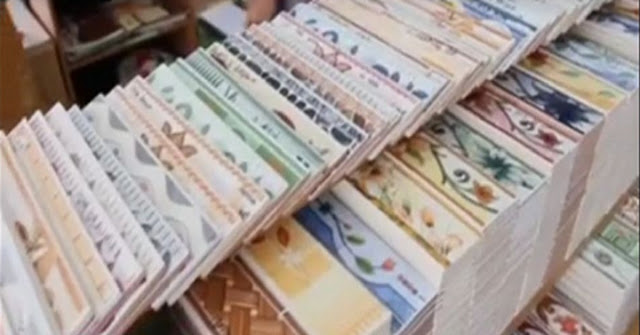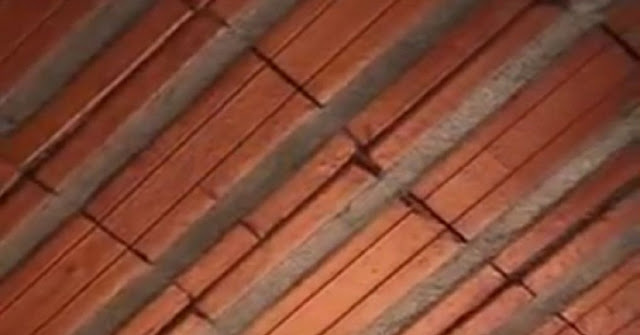 |
| How to make ceramic wall covering is different from wallpaper |
How to make ceramic wall covering compared with wallpaper. The material is different from the wallpaper used to decorate the walls and a suitable place in the house
Wallpaper is commonly used to beautify the wall. This is because the wallpaper has a variety of interesting motifs can be adjusted to the room decor so that the wall look more attractive.
For now apart from wallpaper is also widely used is a wall covering that is useful to beautify the walls of the room. If the wallpaper is made of paper or vinyl then the wall covering is made of ceramic material that is given the painting.
Uniquely the technique of making wall covering is more modern but more practical because it uses digital techniques. Materials used for wall covering is generally ceramic color is plain. Before the ceramic is mounted with a picture or painting with a certain motif printed on a glass or plate with a digital machine then the ceramic is installed as you install wall tiles.
The mounting technique is also quite easy and adjust the pattern that has been made. In order not to make mistakes should be arranged first according to the pattern then mounted on the wall in sequence.
Wall covering is more expensive than wallpaper. In addition, making wall covering is also still limited. Wall covering also does not need to be applied to the entire wall or room. But enough in a strategic place in the room and used to focus on the view just like the living room.
For other parts can be used plain ceramic, wall covering is used for the entire room just makes the look of being not good.
Many uses are obtained when using digital wall covering. If the wall paper motif is determined by the wallpaper maker then your own wall covering that determines what you want in accordance with the decor of your room. The image is very lively like a real painting. Unlike the wallpaper that consists of only a few motives.
Wall covering is also resistant to water so it can be applied to the bathroom. It also can be applied to the kitchen because it is heat resistant. This is because it will not damage the look and color at all if the dyes are used with good quality.
In addition, wall covering can also be used for outdoors. Should not be exposed directly to the sun. Sunlight that is too strong will makes the color of painting quickly faded.
Compared to wall covering the durability and durability far outweighs the wallpaper. If treated properly then wall covering will lasts a lifetime.
Treatment is also as easy as ceramics let alone its position on the wall. If dirty can be cleaned with a duster that is wet with water.
For now wall covering is also made of recycled materials such as glass. mosaics, even from reclaimed paper and wood and is the inspiration of the recycling tiles themselves.
Many inspirations that appear to make wall covering depends on the creator and the imagination of the owner of the house itself. Also making wall covering more and more, especially in big cities.












